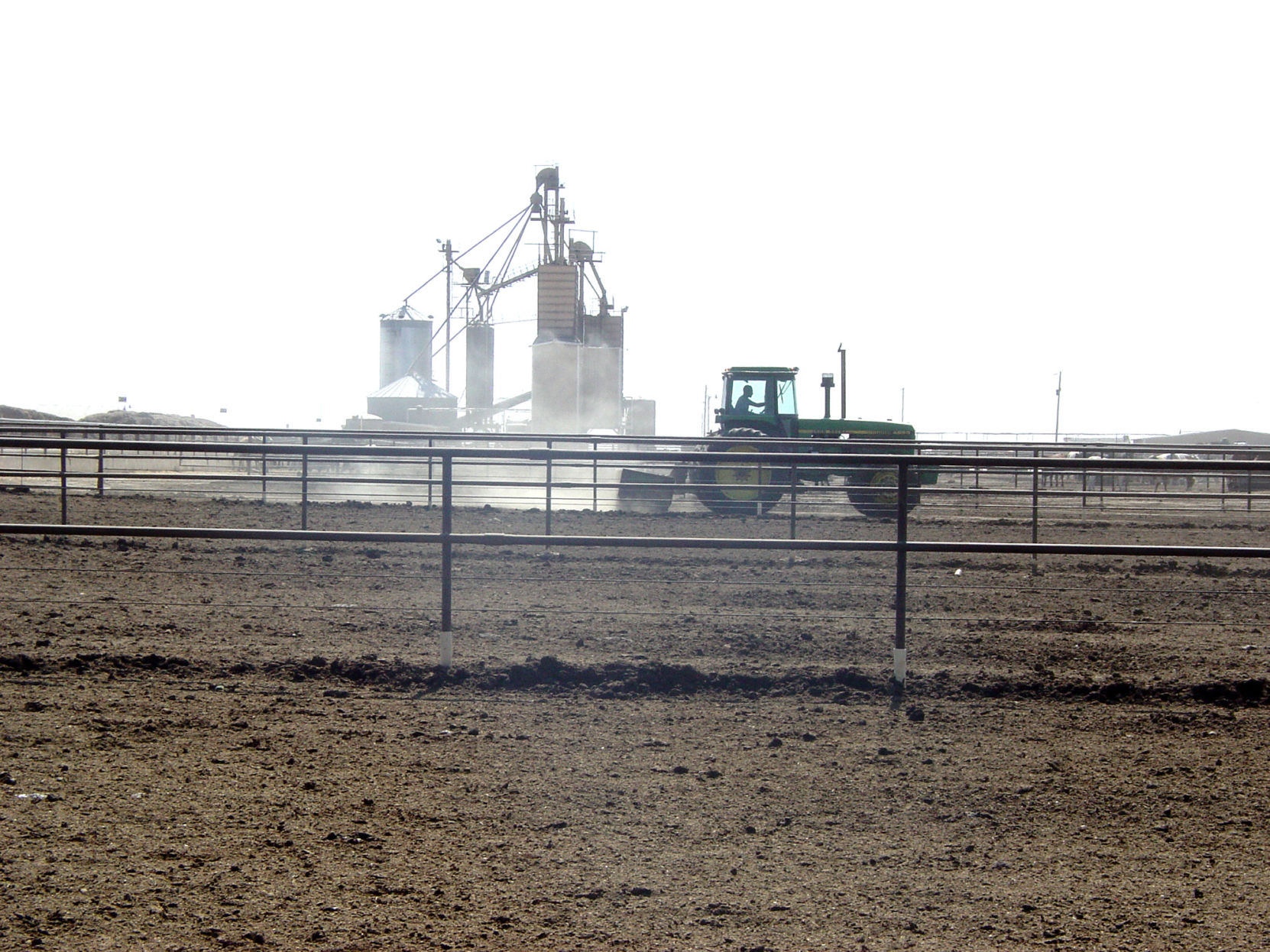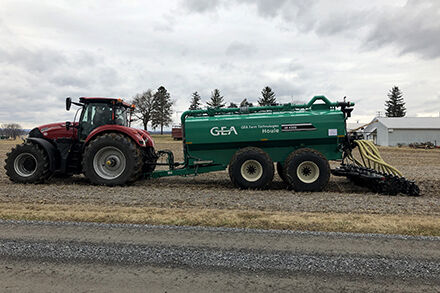A Texas A&M AgriLife researcher is advising feedyard managers to begin their spring manure harvesting or dust mitigation practices sooner than later as 2018 is beginning to look like 2011.
“We are incredibly dry and the upcoming dust season is going to be brutal if we don’t get some rain or snow,” said Brent Auvermann, Texas A&M AgriLife Research and Extension Center director and air quality researcher in Amarillo.
As the dust season begins, Auvermann said the No. 1 strategy for feedyards, whether they are equipped with a sprinkler system or not, is to keep the uncompacted manure inventory at a practical minimum on the feedyard surface.
“Keep the manure from blowing, keep the neighbors happy and capture this valuable fertilizer before it is contaminated with water,” Auvermann advised.
Feedyards typically harvest manure twice a year, once before any winter moisture falls and then Auvermann said he generally advises the second harvest be completed by May 1. But this year, it needs to occur earlier, he said.
“We want to remind feedyard managers that if they haven’t already started harvesting manure, they should now. And, you want to do it before turning on sprinkler systems if you have them.”
He said there’s been no opportunity at all for the cattle to compact the pen surfaces because of the lack of moisture, leaving dried manure lying on top that has been pulverized by the hoof action.
The last significant moisture fell in Amarillo in mid-October, according to the National Weather Service.
Auvermann said the effort should include more than just “scraping pens.”
“We’re talking about collecting the dry, nearly pure manure that lies uncompacted on the pen surfaces,” he said. “We’re not talking about scalping the pens or peeling off a layer of the material that has already compacted in place. If it’s already compacted in place, we want to leave it there.
“It’s the dry, uncompacted stuff floating on top that turns into feedyard dust.”
Auvermann said collecting it now is less costly in diesel fuel and labor per pound of collected material, “if it is done right.”
In pens where the uncompacted manure is deep, box blades will fill rapidly and manure will quickly begin to spill out the front corners, he said. Plan the path to empty as the box blade fills, dropping it at the back of the pen in a mound that can be watered for compaction or loaded out into manure trucks.
“Even feedyards with watering capability will waste water and play catch up all summer long if they don’t get the uncompacted manure cleaned off before any water falls on it,” Auvermann said. “By the same logic, just building a pile at the back of the pens but not watering it and compacting it in place—or, alternatively, not loading it out to manure trucks—will waste a lot of diesel, equipment time and labor.”
That material also happens to have the highest fertilizer value, which makes it a superb phosphorus source for irrigated crops, he said, adding “this manure matches up pretty nicely with cotton’s nitrogen and phosphorus needs.”
One plus, Auvermann said, is the drier the harvested manure is, the more nutrients per ton on the truck.
“Because manure hauling is paid for on the actual weight, including water and soil, hauling costs per acre are much lower with the pure, dry, nutrient-dense stuff,” he said.
This year they won’t be paying to haul water, he said. An example he gave is a 5-gallon bucket of powdery manure will weigh less than 30 pounds, compared to the same bucket filled with water, which weighs nearly 42 pounds.
The Texas A&M AgriLife Extension Service bulletin, Feedyard Dust Control in an Epic Panhandle Drought, 2010-2011, authored by Auvermann and Ken Casey, AgriLife Research air quality engineer in Amarillo, can be found at http://agrilife.org/amarillo/files/2011/01/SP417.pdf.




